Product Overview
A Bonefish trophy fish mount from Gray Taxidermy is handcrafted in the U.S. We combine over fifty years of experience and skilled craftsmanship to ensure that your custom trophy mount exceeds your expectations of what a perfect custom fish mount should look like.
Our skilled artists take pride in capturing the rich beauty and realism of nature that each unique marine species bring. A fish mount from Gray Taxidermy will capture and commemorate a memory of a life time. We are able to transform raw materials into the ultimate representation of an angler's most notable achievement. Great attention to detail and true craftsmanship is our motto while we continue to serve customers around the world. Gray Taxidermy goes to great lengths to ensure the precise color and characteristics are resembled in your custom fish mount.
Before leaving our facility, each custom fish mount is thoroughly inspected to ensure our goal of 100% customer satisfaction.
If you want to complete your trophy wall with a unique action scene by adding baitfish along your mount, we have a variety of baitfish mounts to choose from.
Product Specs:
- Available Sizes: 13" - 32"
- Details: Fired-Enamel Glass Eye
- Product Options: Wood Plaque, Various Custom Base options
-
We also offer elegant solid wood plaques to accompany yor trophy mount. Includes traditional wood plaque with sublimated personalized information. Just ask for more information.
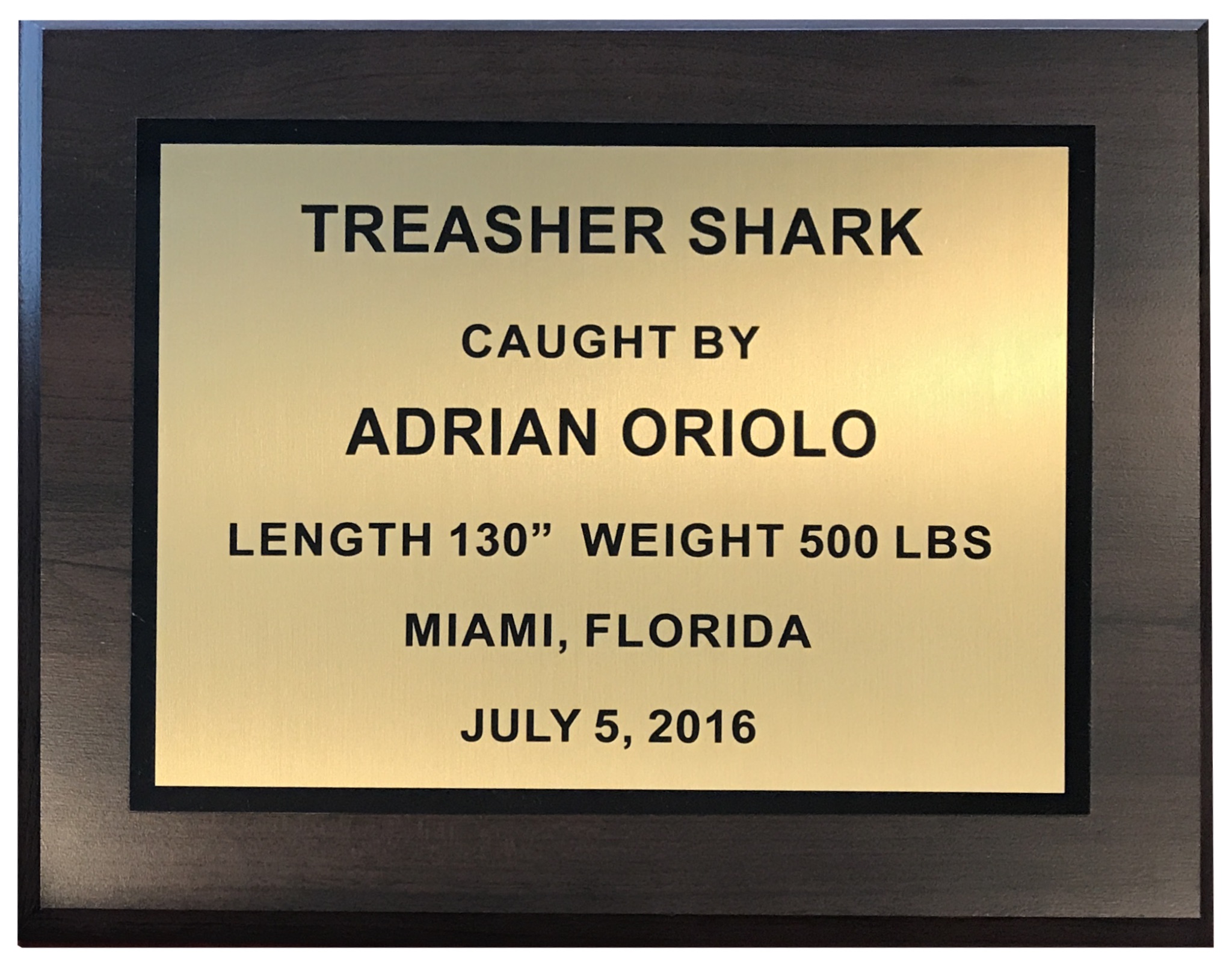
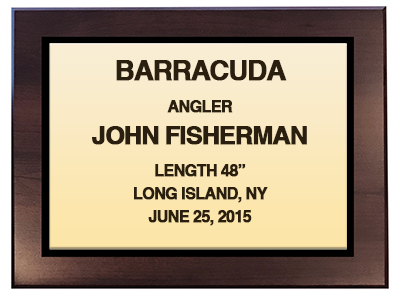 15 in x 12 in or 10 in x 8 in personalized wood plaque.
15 in x 12 in or 10 in x 8 in personalized wood plaque.
Color: Gold
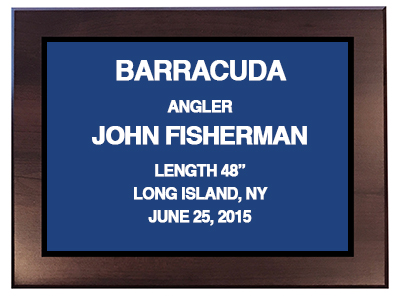 15 in x 12 in or 10 in x 8 in personalized wood plaque.
15 in x 12 in or 10 in x 8 in personalized wood plaque.
Color: BlueAvailable for all fish species
Species Information
Scientific Name: Albula vulpes
Average Size: Maximum length of about 31 inches (77 cm) and a weight of 13 or 14 pounds. Floridian and Bahamian fish often range from 4-6 pounds (1.8-2.7 kg), with fish over 8 pounds (3.6 kg) regarded as large.
However, bonefish taken from Africa and Hawaii may attain weights over 20 pounds (9.1 kg).
Location & Habitat: Bonefish occurs in the tropical and subtropical northwest Atlantic and is closely associated with mangroves, seagrasses and other shallow coastal habitats. Given the dramatic declines in these habitats, we infer that comparable regional declines are likely throughout its range. Globally, the highest proportion of threatened mangrove species is found along the Atlantic and Pacific coasts of Central America. Valiela et al. (2001) estimate that mangroves have decreased worldwide by 35%, at a rate of 2% per year.
Description: Bonefishesare one of the most important game fishes in the world. These beautiful fish can reach weights and lengths of up to 10 kg and 104 cm respectively, though a more representative size would be about a third of that. Bonefishes have 15-19 dorsal soft rays, 7-9 anal soft rays, 12-14 branchiostegalexternal link rays, and 69-74 vertebrae. Bonefishes appear blue-greenish above, with bright silver scales on the sides and below. Dark streaks run in between their rows of scales, predominantly on their dorsal side. Their bodies are long, thin, and fusiformexternal link, with bluntly conical snouts. Pectoral and pelvic axillary scales are present, as is a single long scale on each side of the membrane between each ray of their dorsal and anal fins. Bonefish have a unique adaptation for tolerating oxygen-poor water; they inhale air into a lung-like airbladder to supplement oxygen from the water. They are sometimes mistaken for ladyfishes, which look similar. Linnaeusexternal link first described the bonefish in 1758. Its scientific name can be translated as "white fox."

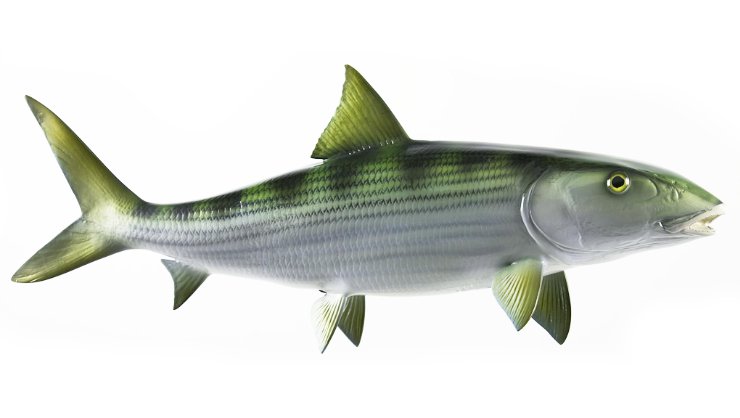
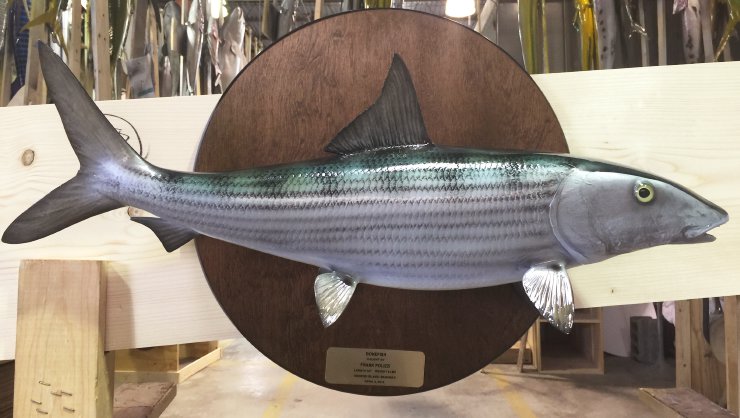


Call Now: 800.452.5501